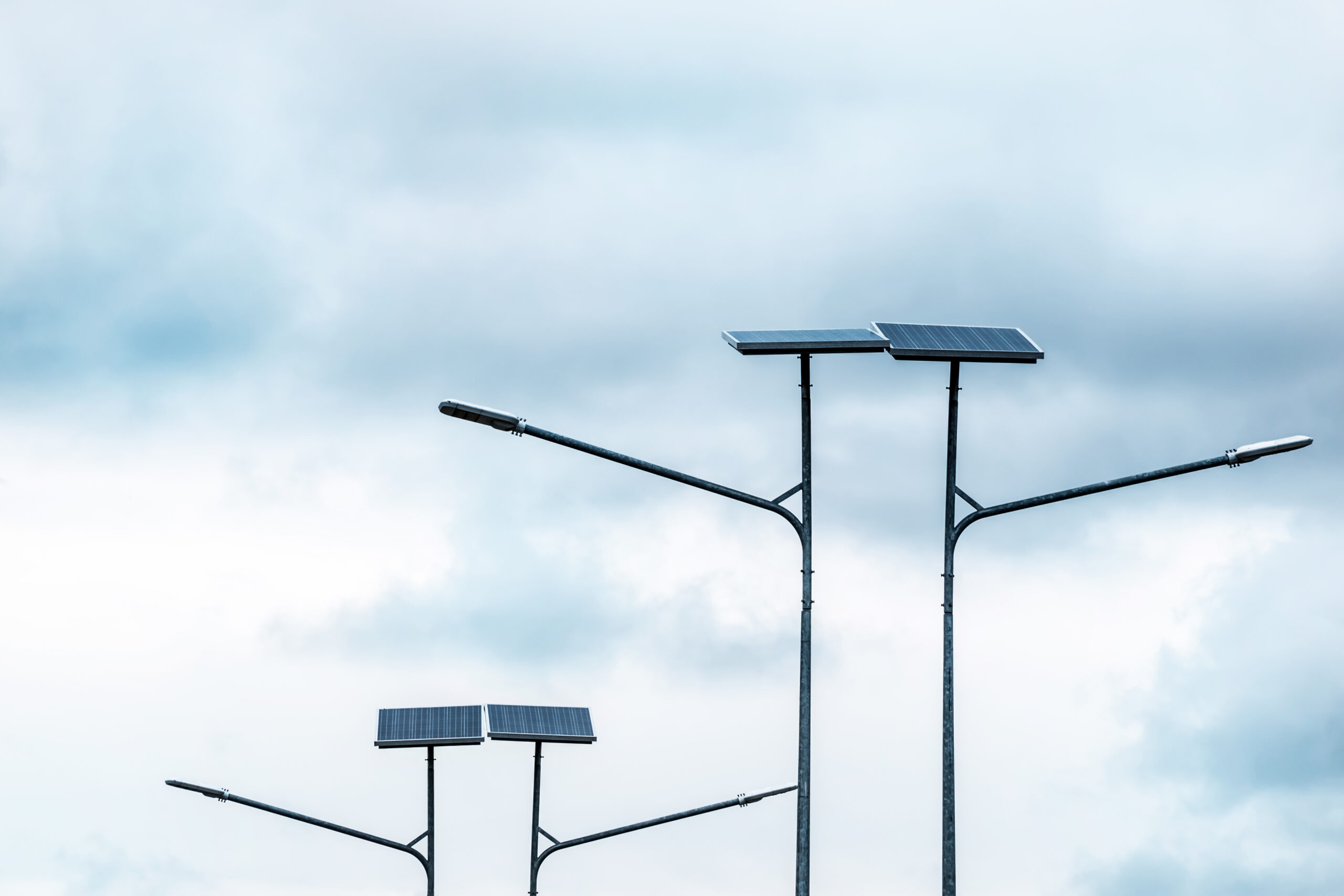As the world seeks sustainable solutions to combat environmental challenges, solar street lights have emerged as a promising option for illuminating our cities and towns. Harnessing the power of the sun, these innovative lighting systems offer numerous advantages, including reduced energy consumption, lower maintenance costs, and decreased carbon footprint. In this article, we will explore the key aspects of solar street lights installation, highlighting their benefits and providing valuable insights into the process.
- Site Assessment and Planning: Before embarking on a solar street lights installation project, a thorough site assessment is crucial. Factors such as sunlight availability, shading obstacles, and the desired lighting requirements must be carefully evaluated. A comprehensive plan should be developed, considering the positioning and spacing of the lights to ensure optimal performance and uniform illumination.
- Choosing the Right Equipment: Selecting high-quality solar street lights and related components is vital for a successful installation. Factors such as solar panel efficiency, battery capacity, and LED lighting technology should be considered. Opt for reputable suppliers who offer reliable products and warranties, ensuring long-term durability and performance.
- Proper Installation Process: Installing solar street lights requires a systematic approach to guarantee their functionality and longevity. The process typically involves the following steps:
a. Foundation and Pole Mounting: Sturdy foundations are essential to support the weight of the lighting system. The poles should be securely mounted, ensuring stability and resistance to environmental conditions.b. Solar Panel and Battery Installation: Proper positioning of solar panels is critical to maximize sunlight absorption. Additionally, batteries should be securely installed in a suitable enclosure to protect them from harsh weather conditions.c. Wiring and Controller Setup: Proper wiring connections should be made, ensuring a reliable electrical circuit. The installation of a charge controller is necessary to regulate the battery charging process and prevent overcharging or discharging.d. Light Fixture Mounting: The light fixtures should be securely attached to the poles, taking into account the desired angle and direction of light distribution. - Maintenance and Monitoring: Regular maintenance is essential to ensure the optimal performance of solar street lights. This includes cleaning solar panels, inspecting wiring connections, and replacing any faulty components. Monitoring systems can be implemented to remotely track the performance of the lights, enabling timely maintenance and troubleshooting.
Conclusion: Solar street lights installation offers a sustainable and cost-effective lighting solution for our communities. By harnessing the power of the sun, we can illuminate our streets while reducing our dependence on conventional energy sources. Proper planning, equipment selection, and installation techniques are crucial to ensure efficient and reliable operation. Embracing solar street lights not only contributes to a greener future but also enhances safety and visibility in our urban environments. Let us embark on this solar-powered journey, lighting up our streets while reducing our carbon footprint.





